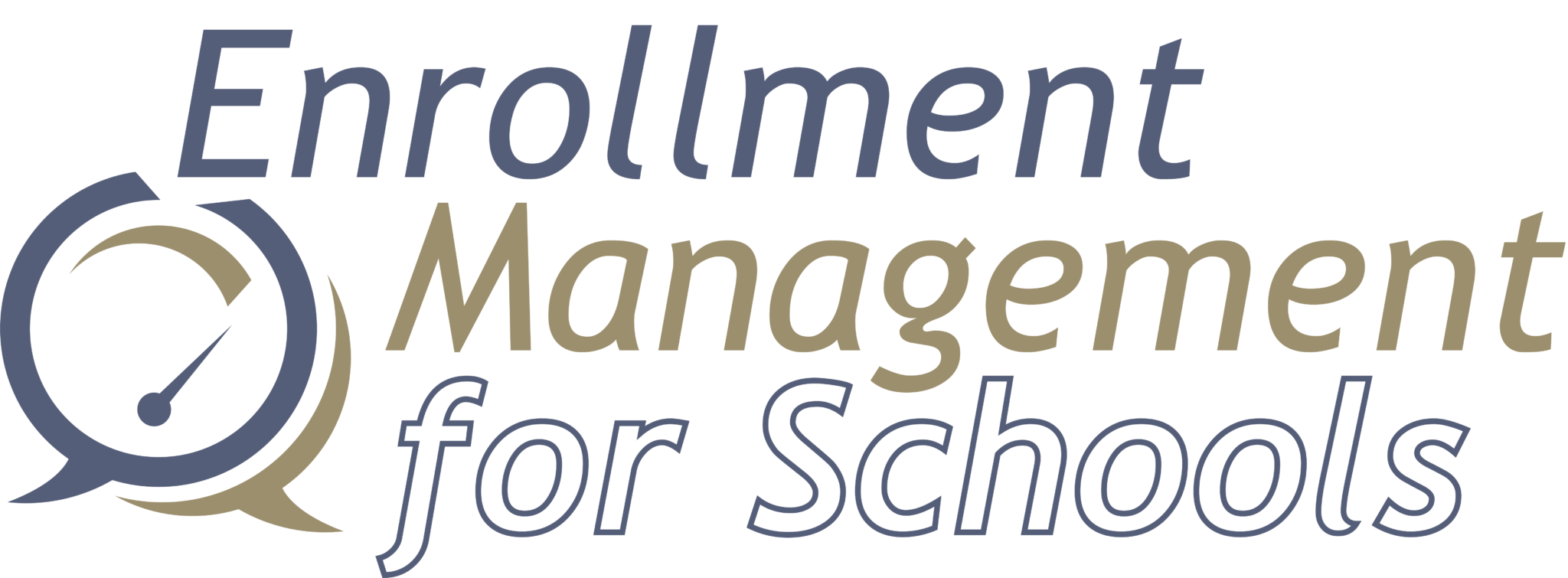 As we all know, the World Wide Web has opened up a tremendous communication system. Who among the private school market doesn’t have some type of website or blog, facebook, twitter, pinterest page–the list goes on. The communications power that this created is unlike anything we have ever seen in the history of the world. This new world of communication, I call the “Criticsphere.” This was named by my colleague, Cheri Cross, Director of Communications and Marketing at Northfield Mount Hermon. I define the Criticsphere as the space in which just about any person or group can give their critique, information or opinion about some topic or subject of their choosing. The Criticsphere is powerful and is the place where:
As we all know, the World Wide Web has opened up a tremendous communication system. Who among the private school market doesn’t have some type of website or blog, facebook, twitter, pinterest page–the list goes on. The communications power that this created is unlike anything we have ever seen in the history of the world. This new world of communication, I call the “Criticsphere.” This was named by my colleague, Cheri Cross, Director of Communications and Marketing at Northfield Mount Hermon. I define the Criticsphere as the space in which just about any person or group can give their critique, information or opinion about some topic or subject of their choosing. The Criticsphere is powerful and is the place where:
- the individual can influence the many
- the many can influence an individual
- one group can influence many
- many groups can influence one group
This communication can happen in a very short time. It’s a far cry from the Pony Express. It means lots of information is available. If this amount of information was in physical, printed materials, you would need to fill several tractor and trailer loads of publications each day. You can place your critique on that person’s website. Imagine that; you don’t have to create a physical or digital letter to send to the owner or prospective, you go to their site(s) and place your negative or positive comments.
Now there are tons of people giving their impressions and evaluations on what your private school is about – faculty, students, parents and alumni to start. These are people who have experienced your education and admissions program in some way. How about the third party sites, feeder schools, consultants and other groups and individuals, who have not experienced your school, necessarily, but are still sharing their opinions, observations and criticisms? Many of them are being perceived as experts or informed citizens about your brand.
All the stakeholders (parents, student, alumni and employees) demonstrate their interpretation of your brand and share it with an undefined number of people. Whoever produces your alumni facebook, individual sports promotions, performing arts videos on YouTube, the parents’ organization’s twitter account, or the Instagrams from your students – some of these insiders have pseudo permission to use your brand and images from your school. They also take liberty in using their own interpretation of your colors, messages, emphases and logo. That alone can keep a communications office quite busy.
Schools are not completely helpless. They can’t control everything, but they can influence and organize. Here are some ideas to begin your thinking:
- Create a strategic plan for your online position, repositioning and defending. Determine what gets the attention of your resources and what doesn’t. You can’t do everything, but you can set the priorities and tackle these first.
- Educate your immediate community on the standards that are expected on anything that represents the school. Continue to educate them each year as new types of websites are created and new employees come on board.
- Help official website creators to produce their appropriately branded social media, blogs and other social media or website accounts.
- Each year review and update 3rd party sites. Determine which 3rd party sites need to get the attention and don’t try to chase everyone.
- Encourage your stakeholders to put up positive comments in the primary places your families and prospects visit. This request is often overlooked and you can’t manage the web world without student, parent, and alumni support.
- Plan and provide extra personnel and resources to handle this type of communications. The skills and quantity of resources need to be adjusted.
It will take time for private schools to bring this all together, but now is the time to build that strategy. Don’t just chase the problem and put out fires; work to be proactive and strategic, and reap the benefits that many competitors won’t, until it becomes too out of control for them.

